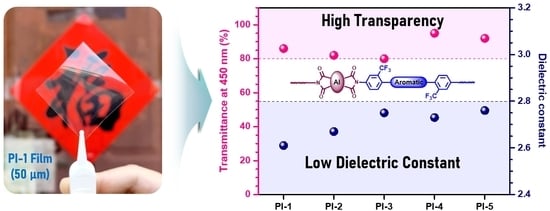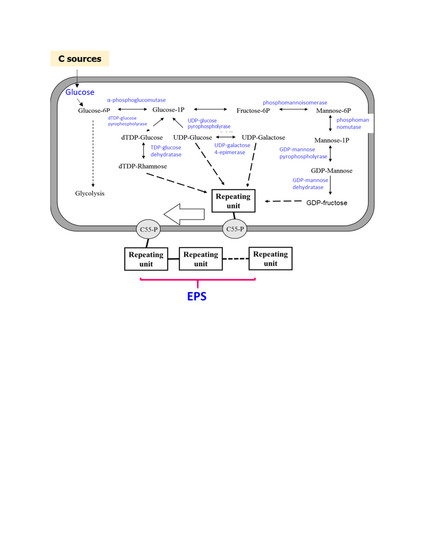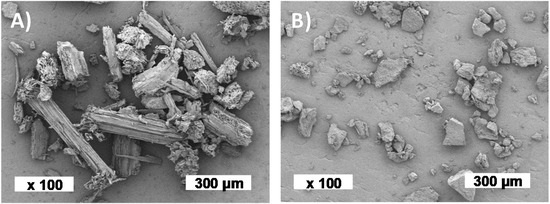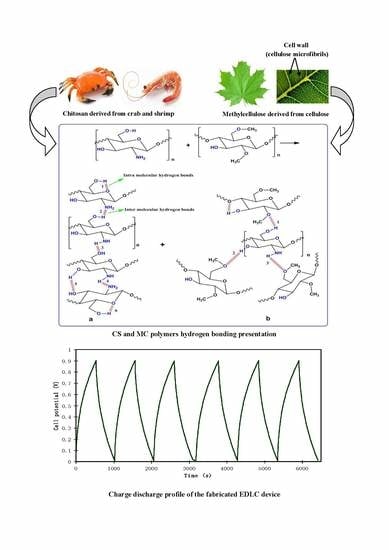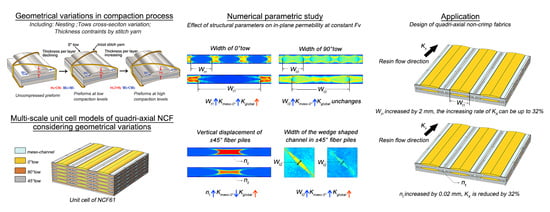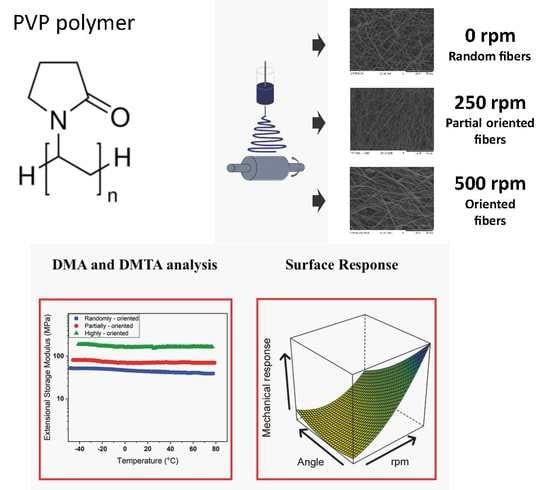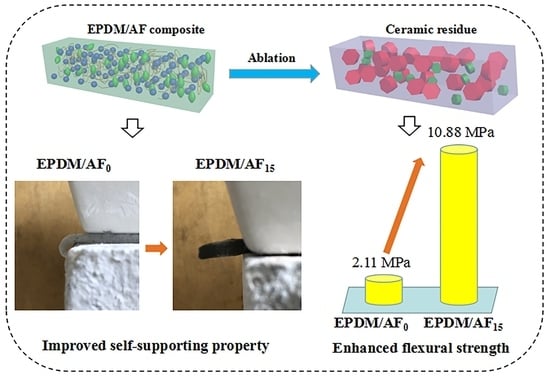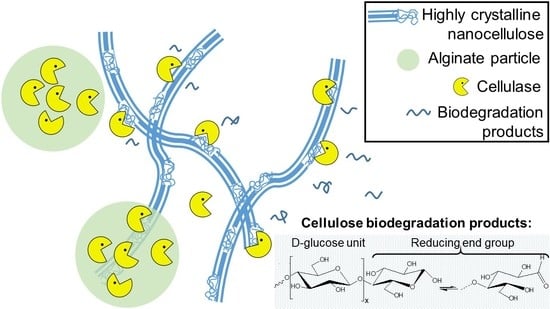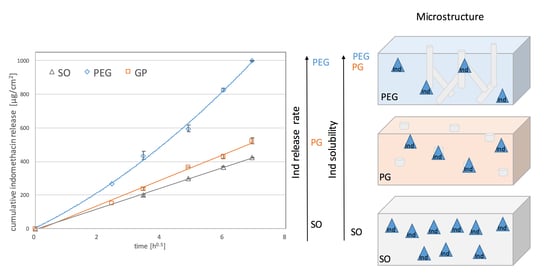Polymers 2020, 12(7), 1534; https://doi.org/10.3390/polym12071534 - 11 Jul 2020
Cited by 52 | Viewed by 11439
Abstract
Existing self-healing mechanisms are still very far from full-scale implementation, and most published work has only demonstrated damage cure at the laboratory level. Their rheological nature makes the mechanisms for damage cure difficult to implement, as the component or structure is expected to
[...] Read more.
Existing self-healing mechanisms are still very far from full-scale implementation, and most published work has only demonstrated damage cure at the laboratory level. Their rheological nature makes the mechanisms for damage cure difficult to implement, as the component or structure is expected to continue performing its function. In most cases, a molecular bond level chemical reaction is required for complete healing with external stimulations such as heating, light and temperature change. Such requirements of external stimulations and reactions make the existing self-healing mechanism almost impossible to implement in 3D printed products, particularly in critical applications. In this paper, a conceptual description of the self-healing phenomenon in polymeric structures is provided. This is followed by how the concept of self-healing is motivated by the observation of nature. Next, the requirements of self-healing in modern polymeric structures and components are described. The existing self-healing mechanisms for 3D printed polymeric structures are also detailed, with a special emphasis on their working principles and advantages of the self-healing mechanism. A critical discussion on the challenges and limitations in the existing working principles is provided at the end. A novel self-healing idea is also proposed. Its ability to address current challenges is assessed in the conclusions.
Full article
(This article belongs to the Special Issue Rheology of 3D Printing)
►
Show Figures

